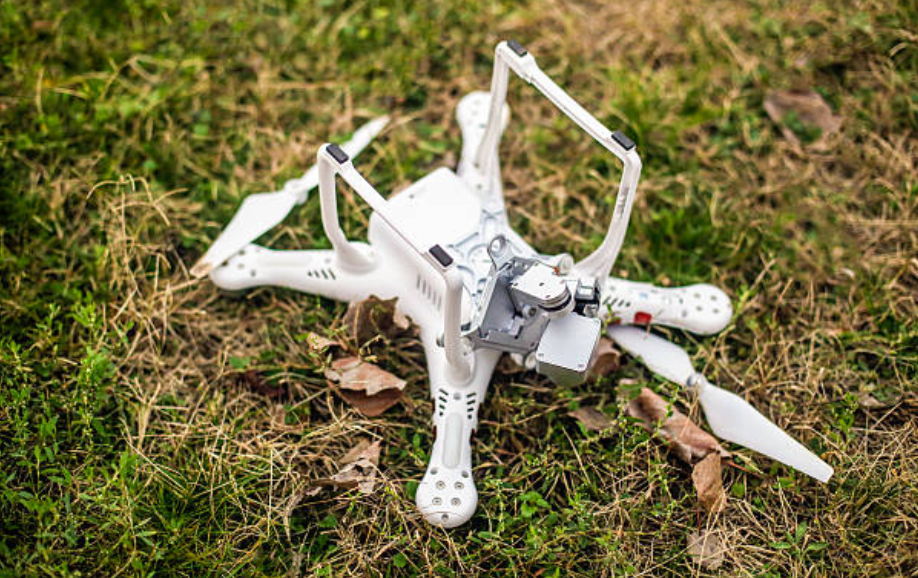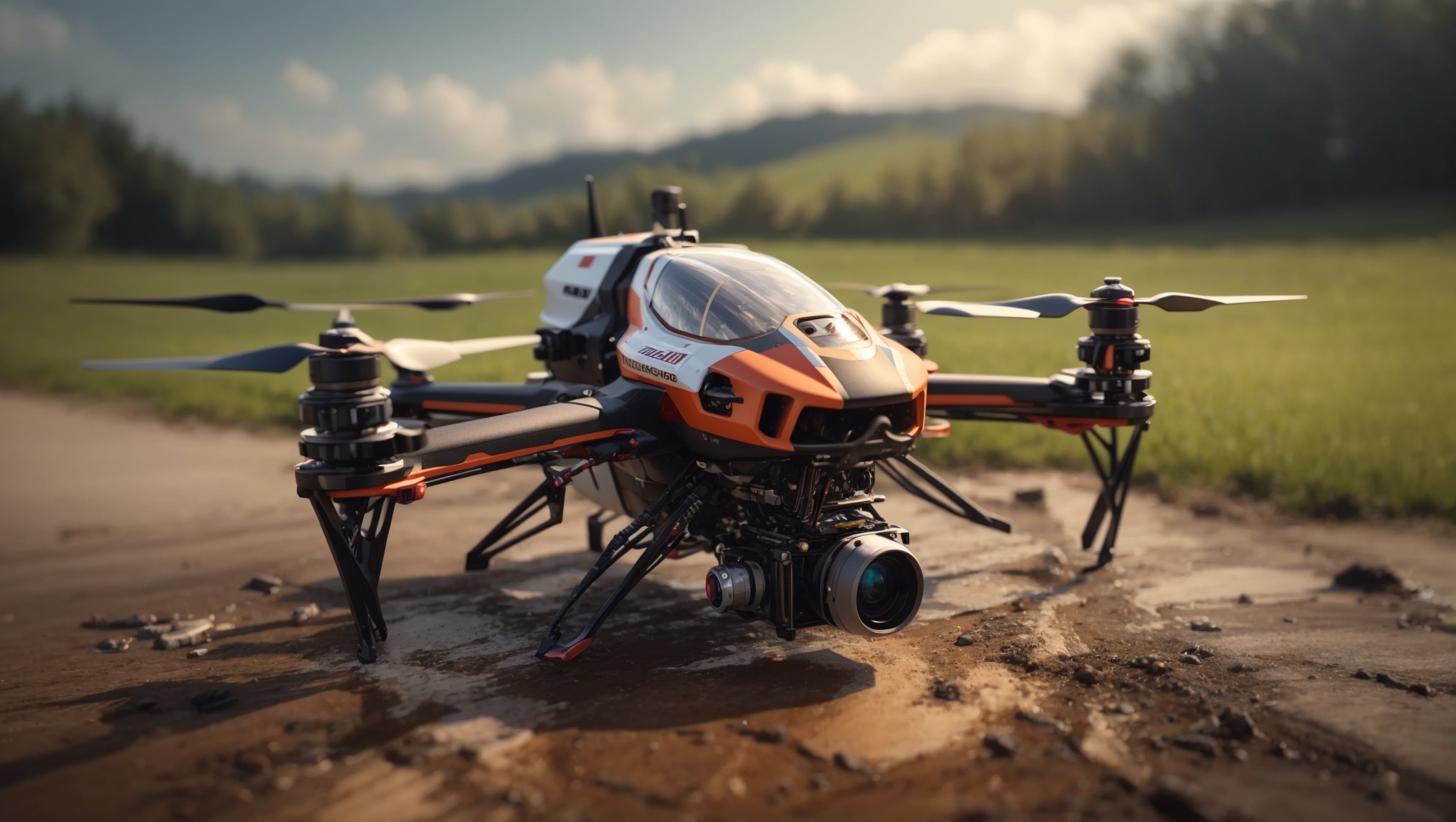
Racing drones, with their high-speed capabilities and agility, are prone to encountering technical issues. From flight performance to electronic glitches, addressing common problems is an essential aspect of maintaining a healthy racing drone. In this article, we’ll explore some of the typical issues racers may encounter and provide solutions to keep your drone in optimal condition.
**1. Propeller Damage:
One of the most common issues faced by racing drone pilots is propeller damage. Crashes, collisions, or even regular wear and tear can lead to bent or broken propellers, affecting flight performance. To fix this issue, regularly inspect your propellers for damage and replace any that show signs of wear. Ensure that the replacement propellers are of the same size and pitch to maintain the drone’s balance.
**2. Motor Issues:
Motor issues, such as overheating or failure to spin, can disrupt your drone’s flight. Overheating often occurs when a motor is overworked or if there is debris affecting its movement. Check for any obstructions around the motor, and if the problem persists, consider upgrading to more efficient motors. If a motor fails to spin, it might be a sign of a damaged ESC (Electronic Speed Controller). Replacing the faulty ESC or recalibrating the existing one can resolve this issue.
**3. Battery Problems:
Battery-related issues can significantly impact your racing drone’s performance. Common problems include short flight times, sudden power losses, or batteries not holding a charge. Ensure that your batteries are in good condition and fully charged before each flight. If you experience sudden power losses, it could be due to a damaged battery or a faulty connection. Regularly check the battery’s voltage and replace any batteries that are no longer holding a charge.
**4. FPV Signal Interference:
FPV (First Person View) signal interference can result in poor video quality or complete signal loss during flight. This issue is often caused by external sources such as Wi-Fi routers, electronic devices, or other pilots using the same frequency. To minimize interference, choose less congested frequency channels and ensure your FPV equipment is properly installed and shielded. Consider upgrading to a higher-quality antenna or using a diversity receiver to improve signal reception.
**5. Flight Controller Calibration Issues:
Flight controller calibration is crucial for stable flight. If your drone drifts or exhibits erratic behavior, it may indicate a calibration problem. Regularly calibrate your drone’s flight controller according to the manufacturer’s instructions. Ensure that the accelerometer and gyroscope are functioning correctly. Additionally, check for any loose connections or damaged wires that may affect the calibration process.
**6. GPS Signal Problems:
If your racing drone is equipped with GPS, signal problems can impact its accuracy and stability. Ensure that the GPS module has a clear line of sight to the sky, free from any obstructions. Calibration of the GPS module may be necessary if you’re experiencing inaccuracies in position or altitude readings. In some cases, interference from nearby electronic devices can disrupt GPS signals, so be mindful of your flying environment.
**7. Frame Damage:
Crashes and collisions can result in structural damage to your racing drone’s frame. Inspect the frame regularly for any signs of bending, cracking, or stress. Structural issues can affect the drone’s aerodynamics and overall stability. If you notice any damage, replace or repair the frame as needed. Upgrading to a durable and lightweight frame can also enhance the overall resilience of your drone.
Conclusion:
Troubleshooting and maintaining your racing drone are integral aspects of being a responsible and successful drone pilot. Regular inspections, preventive measures, and timely repairs can ensure that your drone performs at its best during races. By addressing common issues promptly and implementing proper maintenance practices, you can enjoy a smooth and exhilarating drone racing experience while extending the lifespan of your racing drone.

Leave a Reply